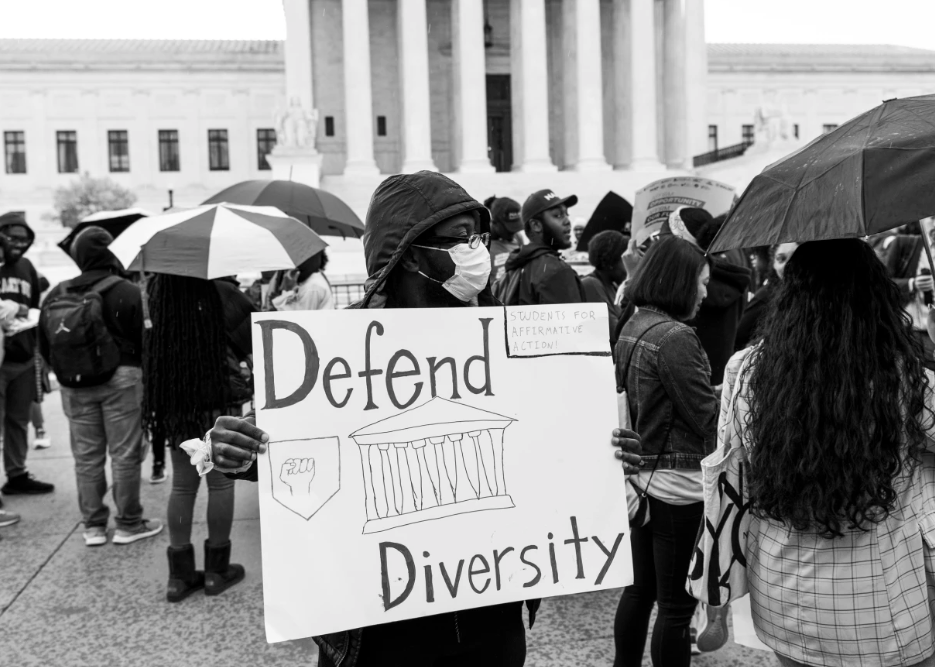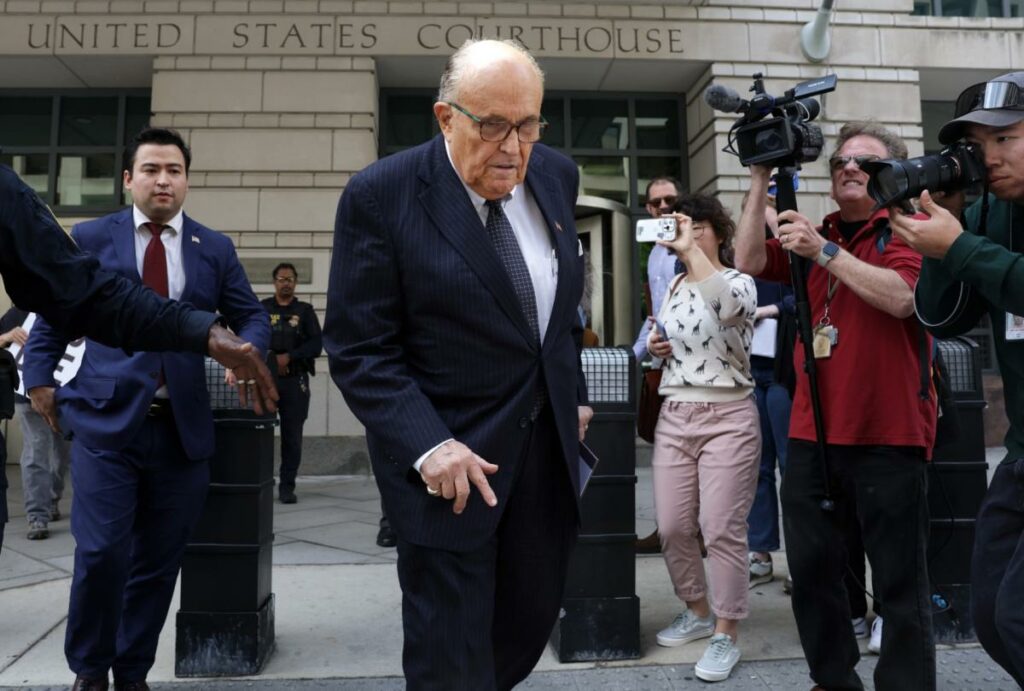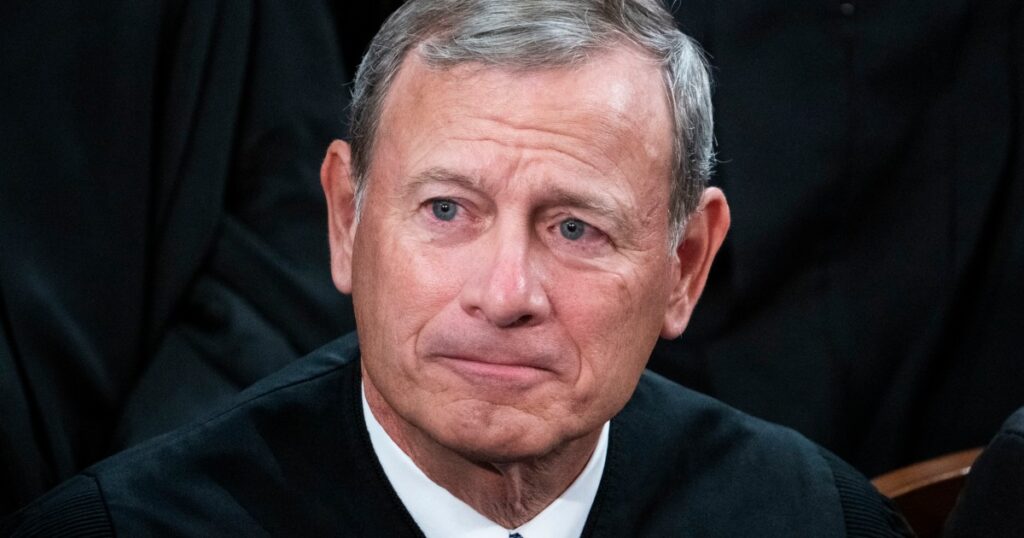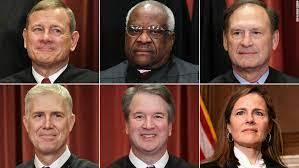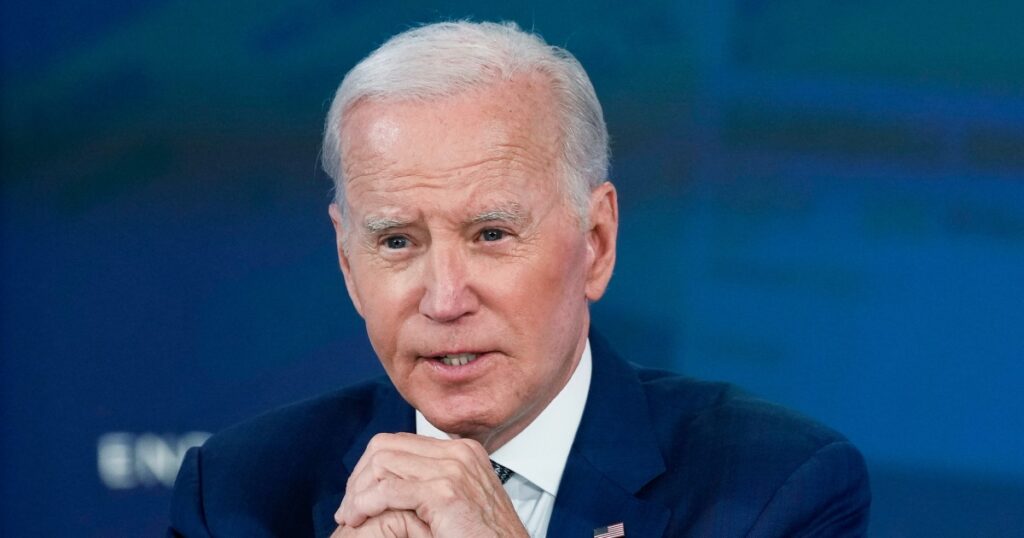The Supreme Court Just Gutted Affirmative Action Programs: What You Need to Know
The Supreme Court has made a significant decision that will have far-reaching consequences for affirmative action programs in both private colleges and public universities. This decision is yet another example of the conservative nature of the court and its disregard for precedent. In overturning its own previous ruling, the court has effectively eliminated the government’s goal of creating a diverse student body.
A Narrow View of Equality
The court’s willingness to ignore its own precedent stems from a narrow interpretation of equality in our society. It believes that using race to address racial inequities is itself a form of discrimination. In a case against the University of North Carolina, the court concluded that considering race in the admissions process violated the Equal Protection Clause of the 14th Amendment. This clause prohibits states from denying equal protection under the law.
Two Perspectives on Equal Protection
There are two perspectives on what equal protection means in practice. One view argues that achieving equality sometimes requires affirmative action programs that take race into account. This perspective sees these programs as constitutional and necessary to remedy past discrimination. However, the majority of the Supreme Court adopts a different perspective. They believe that any laws that consider race amount to invidious discrimination and undermine equality. This is why they concluded that public university admissions policies that consider race actually violate the Equal Protection Clause.
Private Colleges and Title VI
In a separate case against Harvard College, the court ruled that considering race in the admissions process violates Title VI of the Civil Rights Act. This federal law prohibits private entities, like colleges, that receive federal funds from discriminating based on race. The court’s reasoning in this case mirrors its reasoning in the UNC case, concluding that race-conscious admissions policies constitute racial discrimination.
Respecting Prior Decisions
During oral arguments, Justice Thomas expressed confusion about the meaning of diversity. However, it may be best to respect the court’s prior decisions and allow institutions to address past harms and strive for racial diversity. Unfortunately, this court seems determined to disregard even decisions made by Republican-appointed justices like Sandra Day O’Connor. The court’s new world order no longer considers achieving a racially diverse student body as a compelling government interest. In fact, using race-conscious criteria in admissions decisions is now deemed unconstitutional.
A Troubling Trend
This decision is not an isolated incident. The court has shown a willingness to steamroll through its past decisions when they stand in the way of its policy goals. It started with abortion and now it has reached affirmative action. This trend is concerning and raises questions about the future direction of the court.
To fully understand the implications of the Supreme Court’s decision curtailing affirmative action, read the full text of the opinion below.
Supreme Court’s Affirmative Action Verdict: Unveiling Our Deepest Fears
In a landmark decision, the Supreme Court recently ruled on a case involving affirmative action, a policy aimed at promoting diversity and equal opportunities in education and employment. The verdict has sparked intense debate and has unveiled our society’s deepest fears regarding race, equality, and the future of affirmative action.
Affirmative action has long been a contentious issue, with proponents arguing that it is a necessary tool to address historical injustices and promote diversity, while opponents claim it perpetuates discrimination and undermines meritocracy. The recent Supreme Court ruling has only intensified these arguments, leaving us to grapple with the complex and deeply rooted fears that underlie them.
One of the fears that this verdict has brought to the forefront is the concern that affirmative action perpetuates a sense of victimhood and dependency among minority groups. Critics argue that by giving preferential treatment to certain individuals based on their race or ethnicity, affirmative action undermines the principle of equal opportunity and fosters a culture of entitlement. They fear that this policy may inadvertently create a cycle of dependency, where individuals from marginalized communities come to rely on affirmative action rather than striving for excellence on their own merits.
Another fear that has emerged from this ruling is the worry that affirmative action may lead to reverse discrimination. Opponents argue that by prioritizing diversity over merit, affirmative action can result in qualified individuals being denied opportunities solely based on their race or ethnicity. This fear stems from the belief that affirmative action, in its attempt to rectify past injustices, may inadvertently perpetuate discrimination against other groups, particularly white individuals. This fear highlights the deep-seated concerns about fairness and equality that exist within our society.
Furthermore, the Supreme Court’s verdict has exposed the fear that affirmative action may undermine the principle of meritocracy. Critics argue that by considering race or ethnicity as a factor in admissions or hiring decisions, affirmative action dilutes the importance of individual achievements and qualifications. They fear that this policy may erode the belief that success should be based solely on one’s abilities and efforts, leading to a society where individuals are judged primarily on their racial or ethnic background rather than their skills and accomplishments.
The fears surrounding affirmative action are deeply rooted in our history and the ongoing struggle for racial equality. They reflect the anxieties and uncertainties that persist in our society, as we grapple with the complexities of addressing historical injustices while striving for a fair and equal future. It is essential to acknowledge and engage with these fears, as they shape the discourse surrounding affirmative action and influence public opinion on this critical issue.
Moving forward, it is crucial to have open and honest conversations about affirmative action, addressing the fears and concerns that exist on both sides of the debate. By fostering dialogue and understanding, we can work towards finding common ground and developing policies that promote diversity and equal opportunities without perpetuating discrimination or undermining meritocracy.
The Supreme Court’s affirmative action verdict has undoubtedly unveiled our deepest fears, forcing us to confront the complex and multifaceted issues surrounding race, equality, and opportunity. It is through thoughtful and respectful dialogue that we can navigate these fears and strive towards a society that embraces diversity, equality, and justice for all.

